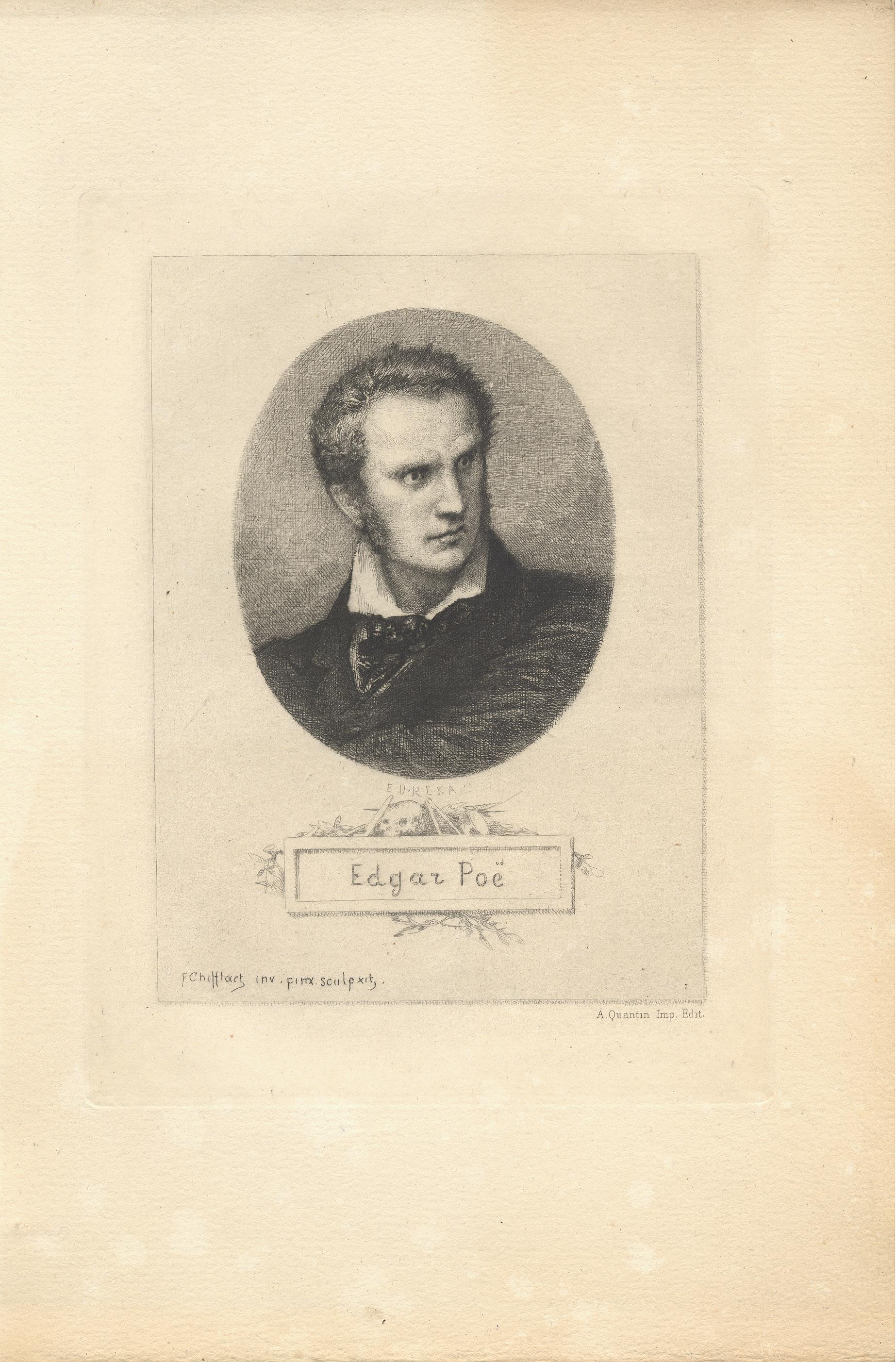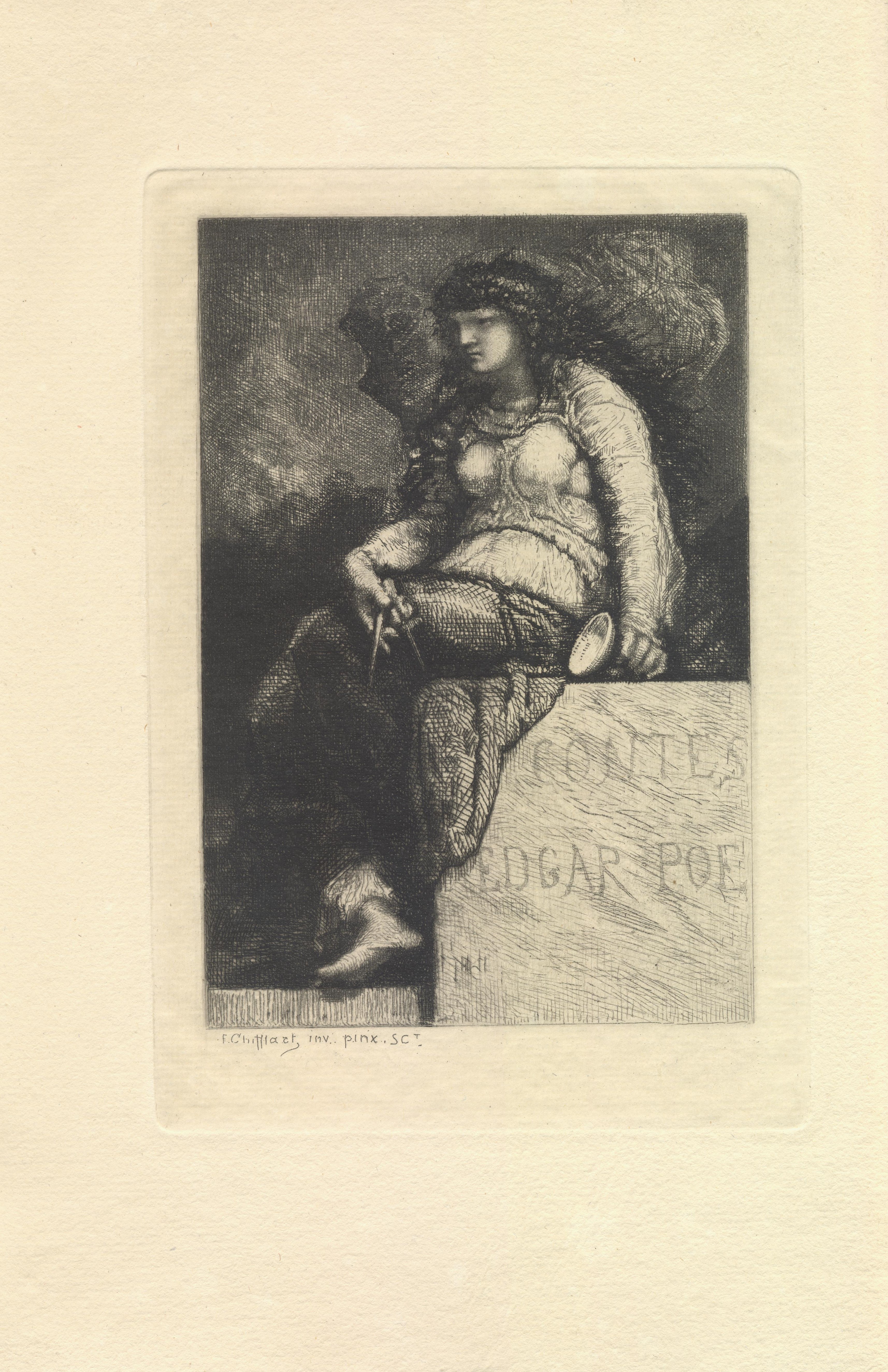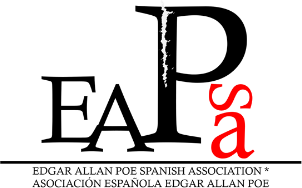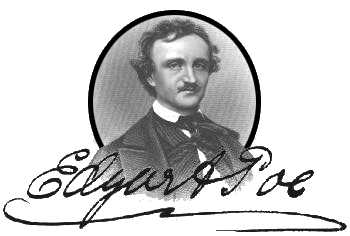The consolidated interdisciplinary research group "LyA" (Literature and Art) of the University of Castilla-La Mancha was established in 2015 under the direction of professors Margarita Rigal Aragón (Department of Modern Philology) and Fernando González Moreno (Department of Art History). One year later, this group obtained funding from the Ministry of Economy and Competitiveness for the creation of a four-year research project: “Poe_Online: text and image” (HAR2015-64580-P).
 The aforementioned project has made it possible to develop this digital catalog of images that provides free access to the illustrations that have been included in many of Edgar A. Poe’s editions from the mid-nineteenth century to present times. We consider illustrations as fundamental elements for interpreting a literary text and, therefore, it is necessary to develop a tool that allows us to visualize, together with the text, how different artists have illustrated and interpreted these works; illustrators reflect the ways in which Poe has been read and understood in each era or by different societies, and their work is a prime source for understanding this evolution.
The aforementioned project has made it possible to develop this digital catalog of images that provides free access to the illustrations that have been included in many of Edgar A. Poe’s editions from the mid-nineteenth century to present times. We consider illustrations as fundamental elements for interpreting a literary text and, therefore, it is necessary to develop a tool that allows us to visualize, together with the text, how different artists have illustrated and interpreted these works; illustrators reflect the ways in which Poe has been read and understood in each era or by different societies, and their work is a prime source for understanding this evolution.
This is not a mere image bank, but a catalog-library connected with the texts that inspired these illustrations. Therefore, we reproduce in full both the original English versions and Spanish translations of Poe’s tales, his poems, and his two novels: The Narrative of Arthur Gordon Pym of Nantucket and The Journal of Julius Rodman. To a lesser extent, we also provide illustrations from some of his theoretical texts or essays (“The Philosophy of Composition”, “The Poetic Principle”, etc.).
One of the main objectives to be achieved by creating this digital catalog-library is to put an end to the topical and biased image that has been created around the figure of Edgar A. Poe; curiously not only among the general public, but also among many researchers and specialists. Note that we use the term "image" with all the intention, since, for the most part, our knowledge of Poe is due more to his image than to the literary reality of his texts. Poe has attracted the attention of illustrators like few authors; the very high number of illustrated editions that have been published, and continue to be published, in little more than a century and a half testify to this. However, Poe’s image is remarkably skewed; With the passing of the decades and the establishment of the myth of Poe as the "master of terror", illustrators have been focusing on the stories that have generated this myth, relegating other readings to the sidelines. These other readings played an especially important role in the early years of Poe's graphic history, but they have now been forgotten and can be hard to find.
 Through this database we intend to make available to researchers and users as many of the illustrations as possible that make up the total of this graphic history to encourage a reading of Poe that goes beyond terror and the grotesque; that is to say, we intend to show that Poe's image consists of many images (humor, parody, beauty, sublimity, etc.).
Through this database we intend to make available to researchers and users as many of the illustrations as possible that make up the total of this graphic history to encourage a reading of Poe that goes beyond terror and the grotesque; that is to say, we intend to show that Poe's image consists of many images (humor, parody, beauty, sublimity, etc.).
The vast amount of materials that we have been able to collect for this digital library-catalog overcomes traditional limited-capacity publishing systems, and it provides us with information not only for the specific study of Poe, but also to complete a correct vision of the history of the illustrated book in Spain. The illustrated reception of Poe in our country is in a preferential position along with others such as the USA, the UK, or France. Thanks to Cortázar’s translations, but also thanks to other much earlier versions by Verneuil, Pomés, Hernández Catá, Vallvé, Fernández Cuenca, Farran i Mayoral, and others, Spain has become a passionate reader of Poe, and this passion has been reflected in hundreds of editions of very different natures. Many of them have been illustrated editions.
Finally, we want to insist on the didactic value that these materials and this digital library-catalog contain. In this database, teachers can find a resource with multiple applications for their class. This tool allows students to have a preliminary knowledge about one of the icons of American literature; but in addition, the database also makes it possible to approach Poe's symbolic universe through the analysis of types of images, their possible origins, their recurrence, etc. and the linguistic patterns used by the author through the study, for example, of fields lexicons and word groupings. On the other hand, we must highlight the interest of the database in terms of interdisciplinary links between literature and art due to the close relationship that this library-catalog establishes between words and images; this resource enables a textual and visual study that brings students closer to the knowledge of the iconic readings and interpretations that have been developed in parallel to Poe's work.
 |
 |
 |
 |
USE OF COOKIES
We use first-party and third-party cookies for statistical purposes and to improve your browsing experience. If you continue browsing, you accept the use of cookies.
You can find more information and learn how to change the settings in our
Cookies policy